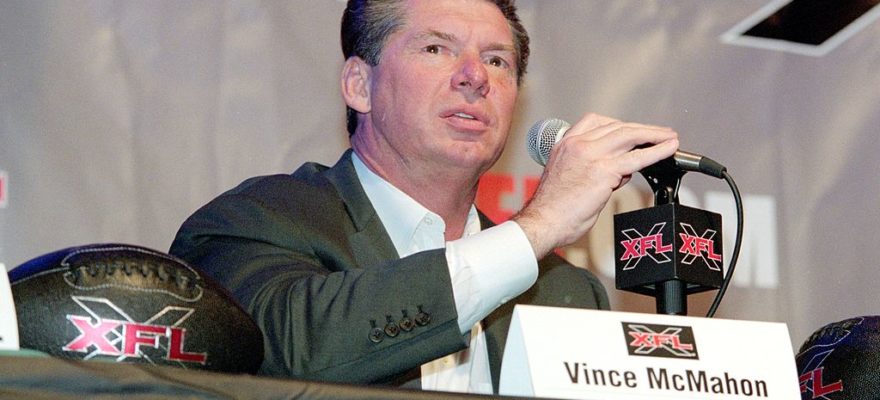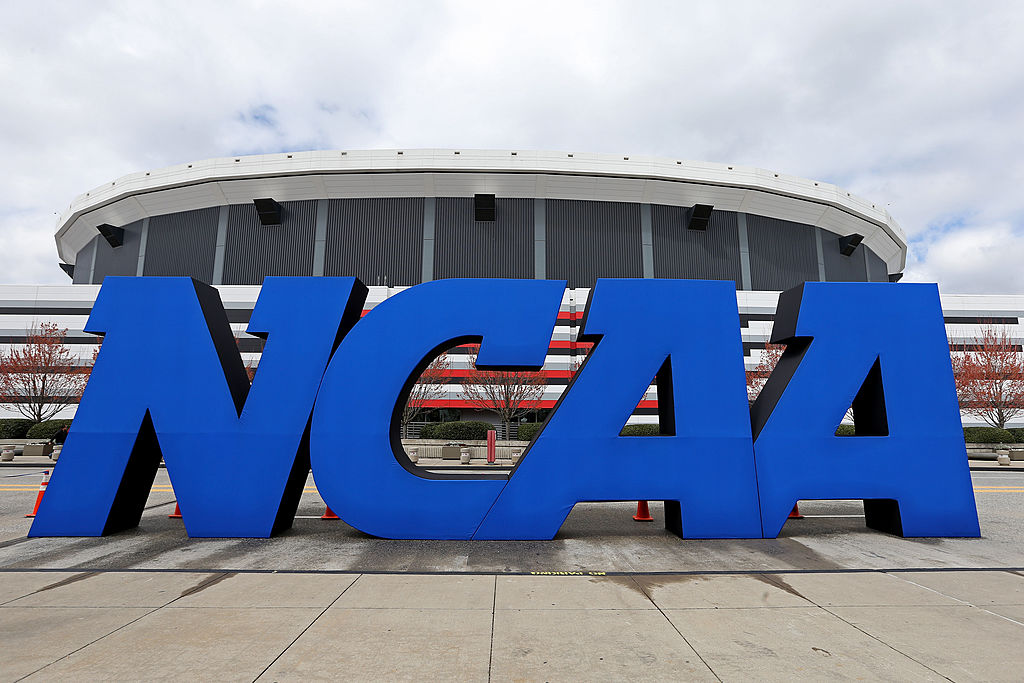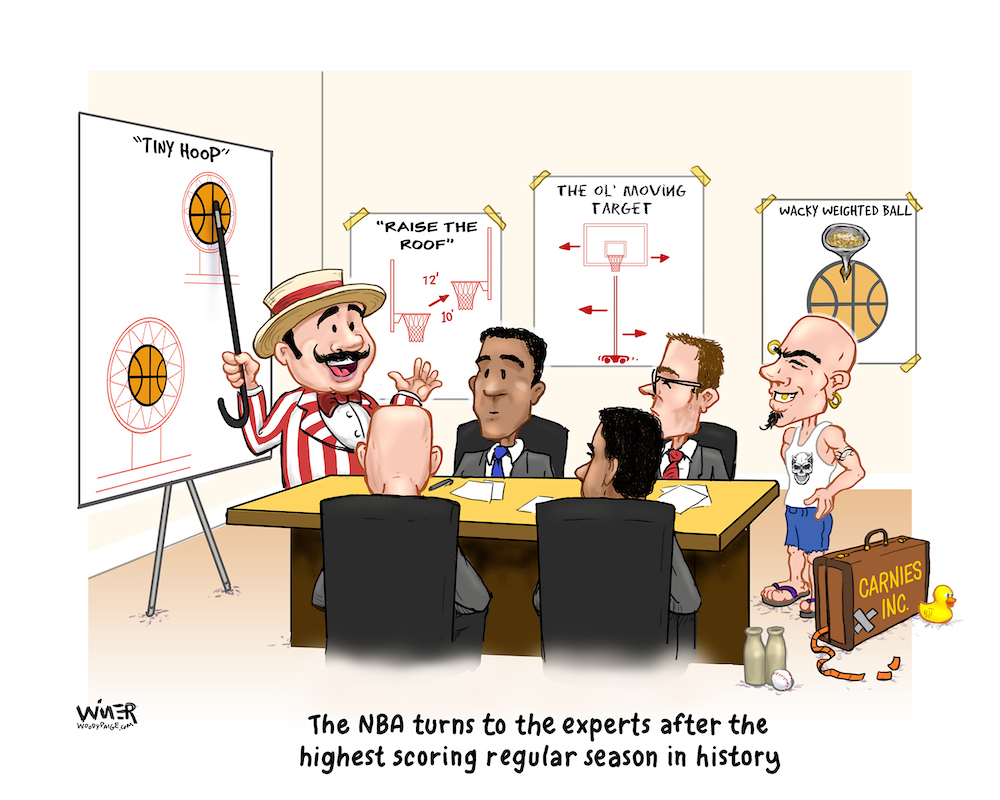Already fighting a football hangover? Wishing OTA’s were just around the corner? Holding your breath until mid-July when NFL training camps begin?
Vince McMahon and the reincarnation of the XFL are certainly hoping so.
In fact, they’re counting on it.
But are they counting on it too much?
As the NFL season ends and the new XFL debuts, the question is this: Can the XFL – the eight-team, 10-week spring professional football league that kicks off this weekend – survive by merely being a temporary fix for those who are Jonesing for more pigskin?
History says no.
History says there needs to be more to it than that. Go ahead and Google “USFL,” “WFL,” “XFL (2001 version)” and “AAF.”
The new XFL, if it’s going to be sustainable and create an actual presence in the American sports landscape, needs to give fans much more that cute nicknames on the back of jerseys and funky camera angles (which the NFL has now co-opted anyway.) The new football league must give us quality play and a compelling reason to tune in. As of now, McMahon is banking (literally) on subtle but noticeable changes to the way the game is played, rather than who’s playing it.

As things stand, all we’ve got to go on is some (sort-of) big name coaches and the promise of a faster pace (25-second play clock, instead of 40) more excitement on the point(s) after touchdown and the absence of the fair catch. Otherwise, the XFL, talent-wise, is pretty much the full-time extension of the NFL’s fourth pre-season game, if that.
XFL rosters are currently stocked (mostly) with fringe NFL guys – players who have been in NFL camps and in some cases on practice squads – who couldn’t quite make the cut. They’ve got talent, but not quite enough of it. Remember NFL teams have already signed a batch of fringe guys to ‘futures’ contracts, too. It’s hard to see this group, talent-wise, holding the interest of fans much past the start of baseball’s spring training games.
It’s the same issue other leagues – like last spring’s Alliance of American Football – have battled. And lost.
Every alternative pro football league that’s come down the pike during the existence of the almighty NFL has tried the same thing: Some variation of a “challenge” to the NFL.
All have failed.
After the American Football League completed a merger with the National Football League in 1970, the World Football League hoped to follow in those footsteps in the mid 70’s. If not a complete merger, then something like the American Basketball Association and the World Hockey League were able to do – eventually have some teams get “absorbed” into the bigger, existing league. That didn’t work. The WFL was dissolved after a season and a half. In the 1980’s, the USFL tried to outbid the bigger league for star power, thinking that would draw fans. They were successful in a few instances.

While the USFL landed Heisman Trophy winners like Hershel Walker, Mike Rozier and Doug Flutie, they also had rosters made up largely of guys who were either not good enough to make it in the NFL or on the downside of their careers. Then (led by Donald Trump) the USFL fatefully tried to go head-to-head with the NFL…and got crushed.
So far, no upstart league – and that includes the AAF, which flopped last spring – has gone all in on a developmental partnership with the NFL. None of them have seen the value in becoming the first and only American professional football MINOR league. Yes, there was NFL Europe, which lasted for 12 seasons while being funded by the NFL. It was designed as a developmental spring league, and it worked for a while. But the cost of doing business and the lack of a full-scale embrace of the American game across the pond ultimately doomed that project, too.
We’ve still never seen a full-scale NFL minor league in the USA. The NFL has always counted on college football to be its farm system.
Professional baseball and hockey long ago saw the benefit of having their own farm system, where they controlled the developmental process. They’ll gladly draft players who played their sport in college, but aren’t dependent on that. Kids with talent who aren’t interested in furthering their classroom education and want to start getting paid immediately can sign pro contracts right out of high school and get their respective ball rolling in the low minors. It’s a cruddy life for a while, but for some, it beats having homework and final exams. Football could do the same for top prospects who don’t want to spend three years pretending to be students.
Throughout history, these farm systems have been a smashing success.
In baseball’s case, their minor league system has grown so big – with each MLB franchise now having six or even seven minor league affiliates, that MLB is now actively seeking to cut it back by eliminating 42 minor league franchises. Call it too much of a good thing.
If you can’t understand how minor league baseball can be profitable, consider this: Why are those involved – and even some politicians – already loudly challenging the idea of contracting these few minor league affiliates?
Maybe because of what they’re losing: Minor league baseball franchises affiliated with MLB get to sell tickets, broadcast rights and promotional partnerships – and don’t spend anything on player salaries. The player’s paychecks come from the big league club. So…all the revenue with very little employee costs. Pretty nice deal.

Minor league baseball franchises are cash machines.
The XFL could survive and flourish under the same circumstances.
Imagine the allure to watch if instead of featuring rosters full of not-quite-NFL guys, the XFL was rolling out players like Trevor Lawrence, the Clemson quarterback who isn’t eligible for this April’s NFL draft (because he just finished his sophomore season) but who’s already played in two national championship games. Or Bryce Young, the California prep standout who’s on his way to Alabama. Not saying how many would, but imagine if given the option to go pro or go to college for three years, players like Lawrence and Young – guys of this caliber – opted to turn pro early and ended up playing in the XFL as a path to NFL stardom?
Imagine if you were watching the future of your favorite NFL team, rather than what never quite was. That would be something worth Jonesing for.
Listen to Mark Knudson on Monday’s at 12:30 with Brady Hull on AM 1310 KFKA and on Saturday mornings on “Klahr and Kompany” on AM 1600 ESPN Denver.


















